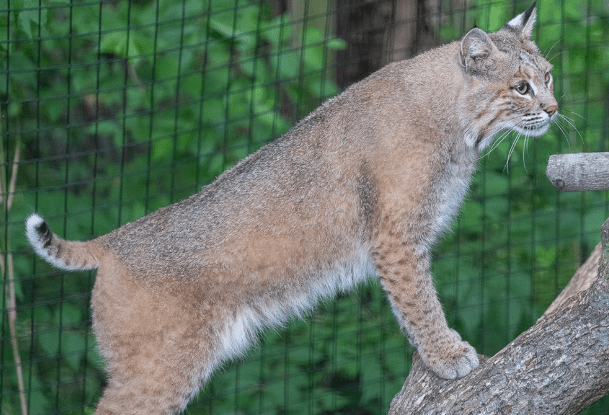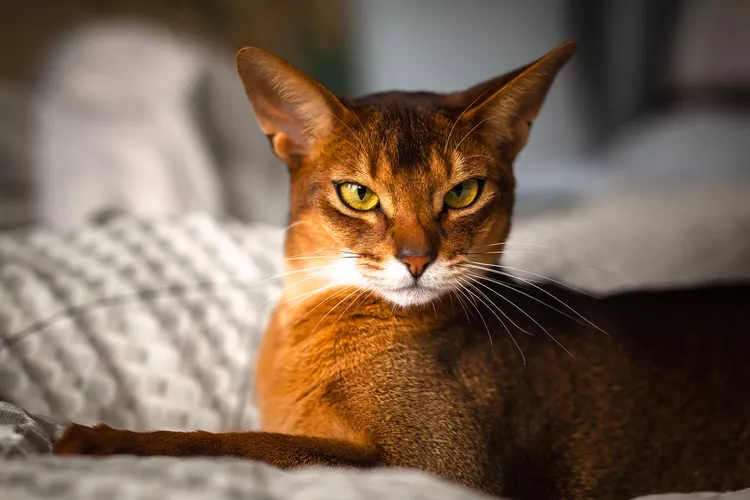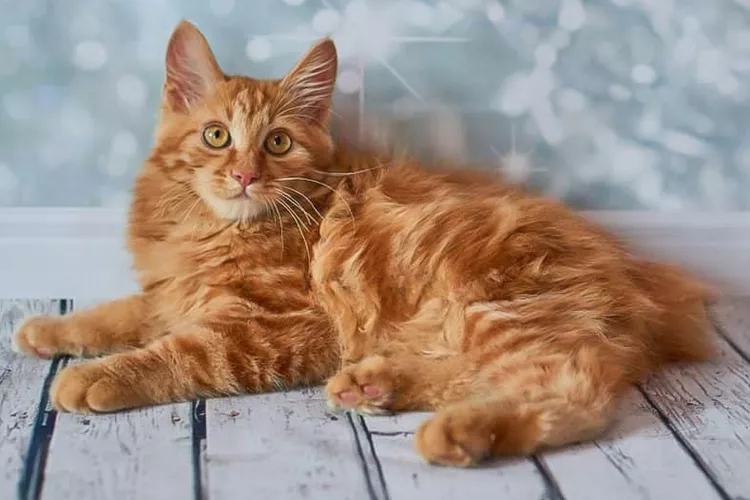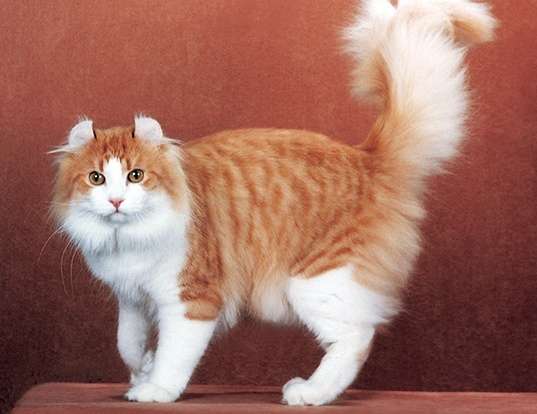
Description
Size: 9-33 pounds
The medium-sized bobcat (Lynx rufus), commonly referred to as the red lynx, is a native of North America. Although the bobcat is often the smallest of the four, it resembles other animals of the medium-sized genus Lynx. Its colour can vary, but is typically tan to grayish-brown with dark bars on the forelegs and tail and black stripes on the body. It protects itself with its speckled patterning. The ears are sharp, with short, black tufts at the tips. Typically, the chin, underparts, and lips are off-white in colour. The lightest-colored bobcats are found in the southwest’s arid regions, while the darkest-colored bobcats are found in the north’s forested areas. Kittens are born with their markings and thick fur.
Behavior
When protecting their territory or sensing danger, bobcats make harsh growls, hisses, and spitting noises that are unusual for them. Except when mating, bobcats are typically solitary animals.
Bobcats are typically timid and shy away from people. Bobcats can occasionally become aggressive, and those who with the disease can attack people. Bobcats with rabies frequently behave erratically, exhibit fatigue, and foam at the mouth.
Origin and History
The bobcat’s historical range included southern Canada, the entire United States, and the Mexican state of Oaxaca. It still lives in large portions of this region today. It was believed to have lost area in the US Midwest and parts of the Northeast throughout the 20th century, including eastern South Dakota, southern Minnesota, and a large portion of Missouri, primarily as a result of habitat changes brought on by contemporary agricultural practices. While it is believed that bobcats are extinct in western New York and Pennsylvania, numerous confirmed sightings of the animals—including dead ones—have recently been reported in central and southern New York. A bobcat was also discovered in 2018 on a tourist boat in Downtown Pittsburgh, Pennsylvania.
The bobcat is an adaptable species. It favours deciduous, coniferous, or mixed forests but does not rely solely on the deep forest. It includes anything from the muggy swamps of Florida to the Texas desert or rough mountain terrain.

As Pet
Care
Since bobcats, like other cats, are obligate carnivores and only require meat in their diet, it is ideal to provide them with a food that is entirely composed of meat. They truly don’t thrive on commercial food alone, and while a good commercial carnivore diet can be a supplement, some won’t eat it even if it’s offered.
In addition to whole prey items, bobcats should be fed a raw food diet that requires further investigation to provide sufficient nutrition from organ meats, bones, muscle meat, and any other supplemental types of nutrition. Not only is live feeding unnecessary, it’s also inhumane.
Bobcats should have a dead vaccine for rabies vaccination. A bobcat pet needs annual vaccinations to stay healthy. Make sure your pet receives annual rabies and FVCRP vaccinations to be updated on their immunizations. Keep your pet bobcat’s claws intact.
These actions, such as territory marking, should be anticipated in all pet bobcats because these behaviors won’t completely stop.
Table





